The last thing you probably want to think about in the dead of winter is a professional lawn maintenance. While your turfgrass may be dormant, it is still a living plant material that requires care. Here are some tips to remember in managing your lawn this month and in the seasons ahead.
For more professional lawn maintenance please visit the link below to learn more tips
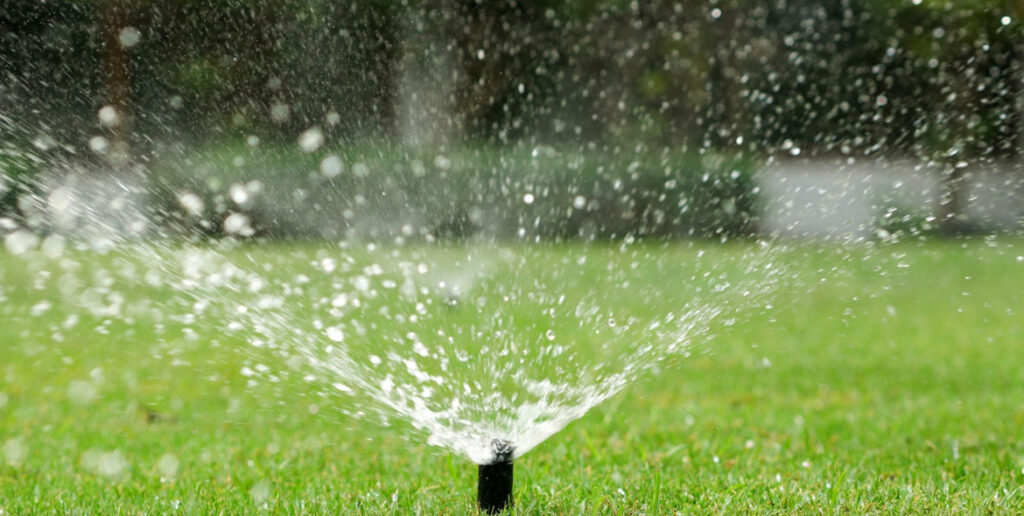
If turgrass becomes too dry in its dormant stage, it can and will die. In fact, more Texas turf is lost during winter to desiccation (complete dryness) than to freeze damage. Be sure to water your lawn at least once every four or five weeks during winter if there hasn’t been enough rain or snow. A dry lawn is likely to be damaged more by low temperatures than a well-watered lawn.
As the lawn starts to break out of dormancy and green up in later winter and early spring, it’s critical to keep it well watered. Turfgrass is composed of plants that generate new roots, stems, and leaves during this transitional time.
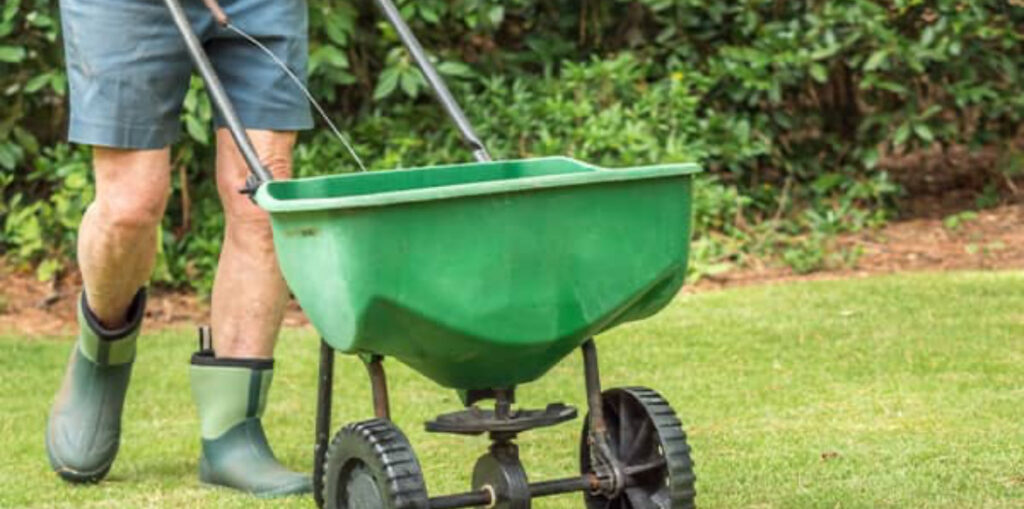
Four times a year
Late February-Early March – apply a simple 15-5-10 for an early green-up. Most companies that make slow-release fertilizers also make a non slow-release 15-5-10 that provides for a quick two-week green up before we get to the heart of the fertilizer schedule.

Two times a year:
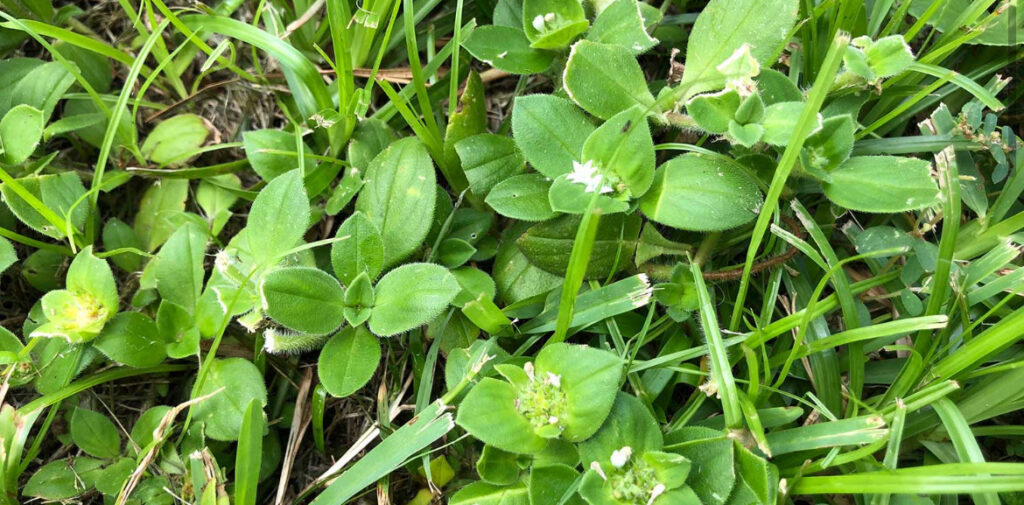
Three times a year:
(Pre-Emergent controls to prevent weeds)
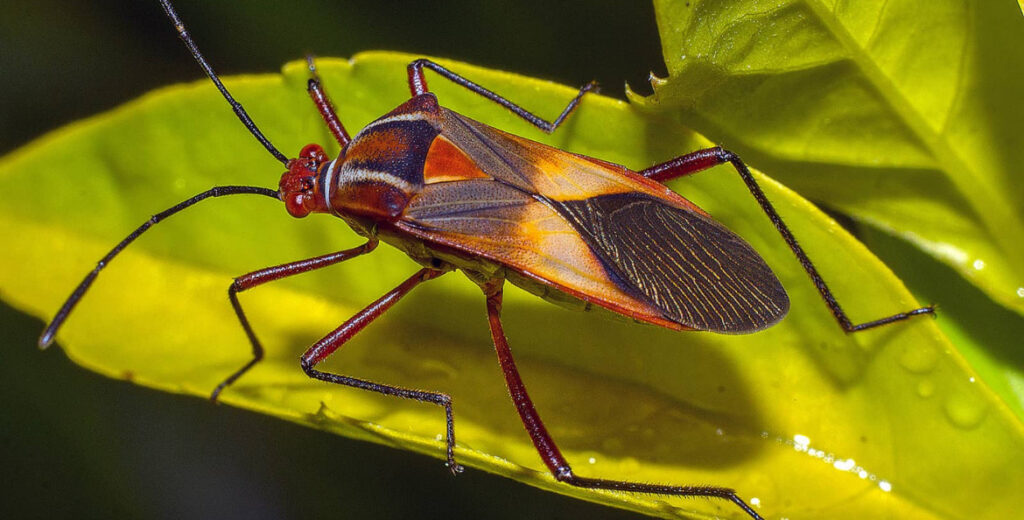
It is our belief that you do not put down insecticides unless you know you have a problem. However, be prepared during the hot summer months – July through September – to attack chinch bug damage. This will show up as irregular shaped spots in the lawn along the concrete. Any liquid insecticide will treat the spot well. Then apply a granular insecticide in a broadcast applicator throughout the rest of the yard.
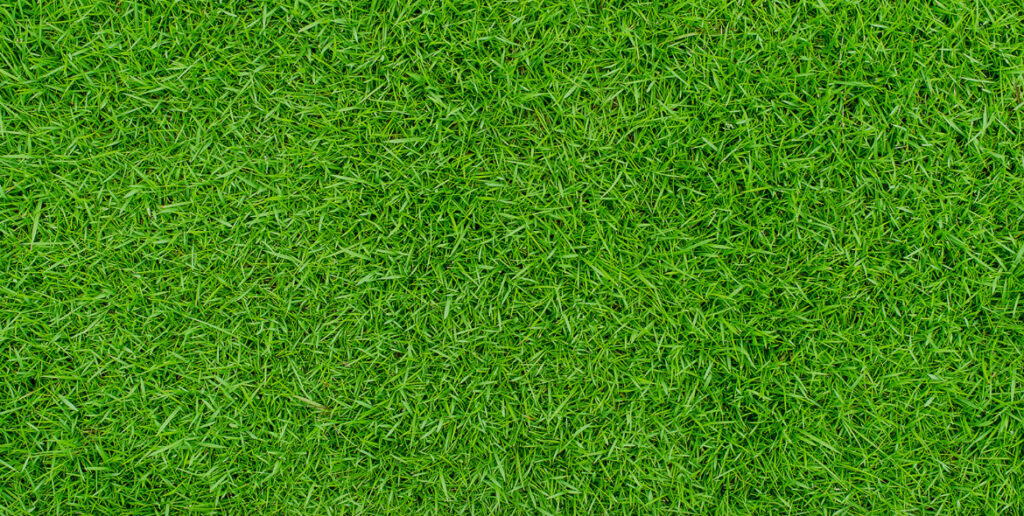
Some people will be tempted to use a weed-and-feed at this time, but if you’ve been following a herbicide schedule, there should never be a need. However, spot weed-and-feed treatments are recommended for those with turf-only landscapes or landscapes that have been established for many years. Most weed-and-feeds contain Atrazine which burns roots of young trees and shrubs.
For over four decades we’ve been making lawns, stadiums and golf courses healthy and green with quality turfgrass grown on our state-of-the-art farms across the South.
Shop
Residential
Commerciall
Sports
Lawn Care
Contact




© 2025 Horizon Grass Farms. All Rights Reserved.